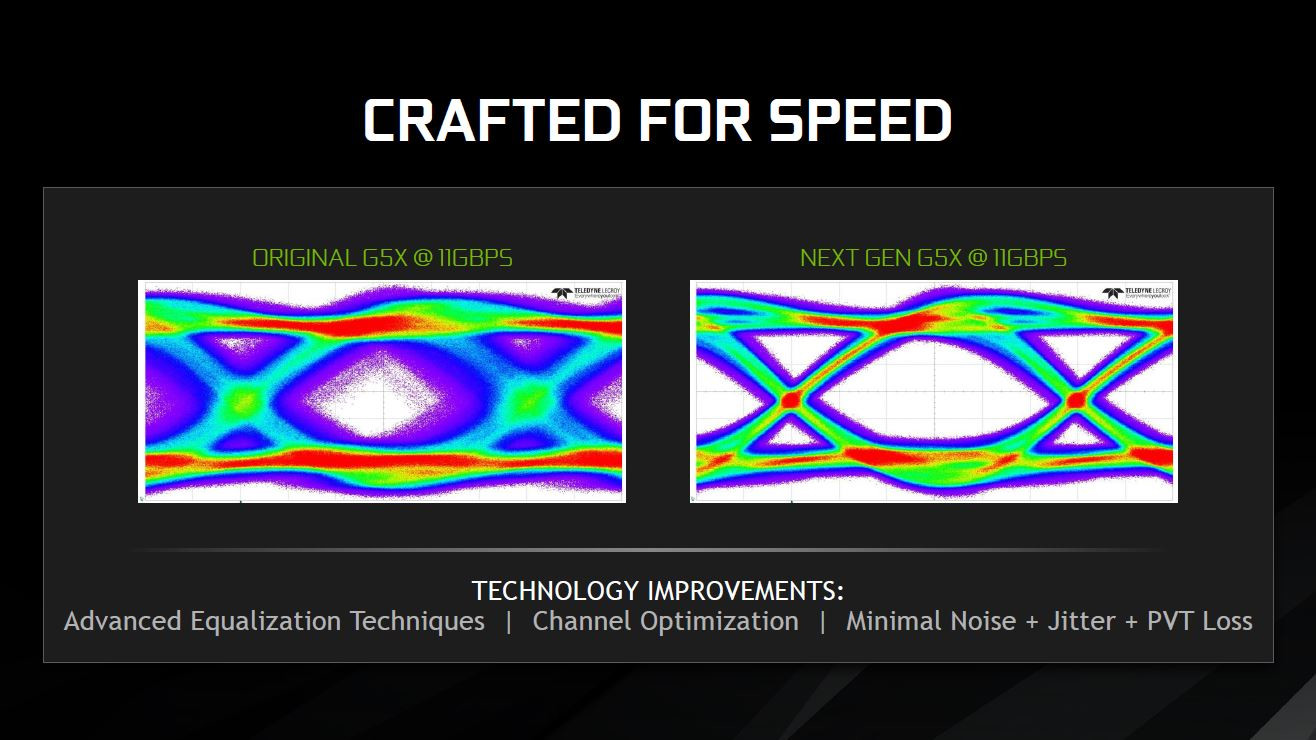AS I might have mentioned in another thread, pay attention to page faults, especially when playing with tRAS. You may also want to try looser, because as
@MrGenius says, this can make the data be "held open" longer. Either way, when the data cannot be accessed as required, this can cause a hard fault, and a slight delay as the row is "activated" again so the data can be accessed.
Think of memory as a page of paper written on, with ink that disappears over time. It needs to be refreshed periodically. The refresh also has to sync with reads and writes; each kind of done by three people. If not coordinated correctly, these three people are going to get in each other's way, and the faster they work, the less margin for error there is, making their little dance that much more difficult. There will be times when only one is touching the page, or two, or three, and there are delays (timings) added into what they do in order to ensure that this delicate balance remains working.
Reads = data outbound
Writes = data inbound
Refresh = well, that's obvious.
So, with that in mind, changing one timing isn't always the best approach. When you do, you are merely playing with the window that one timing has in relation to all the other timings, so when you then adjust another timing, your previous work might become null and void.
Also, even more important than these first four timings are the tertiary timings, which go into fine details on what each timing is doing. Think of those three arms writing on the paper; do they go up, down, left, right, and how long do they have in order to make those moves? That's what the tertiary timings are for. Adjusting these can have a much larger impact on performance, since it will tighten up the movements, rather than making sure all three operations (read, write, refresh) sync right (with respect to the clockspeed).
I hope that maybe helps you put a perspective on what it is you are changing, and how they are all important and linked together. ASUS was one of the first brands to offer us access to these timings way back when, and as such, they do tend to have a leg up on other brands when it comes to memory tweaking, but at the same time, they also then understand how this is a feature that some are willing to pay for, so not all boards offer the "flexibility" required.
To get the most out of DDR4 actually requires far higher voltages that you are pushing, but your board isn't one designed to offer that flexibility to get the most out of your sticks, but it still will allow you to play lots. Just understand that sometimes you'll run into hard walls that you simply won't be able to jump over, because the BIOS isn't always willing. So, when the BIOS isn't willing, you gotta whip it into shape and tell it what to do! That means playing with these other timings!




 Once you have a few chips (of different SKUs), you'll see that the cache speed is not the same for all of them. So... there really isn't such a thing, or those chips with 3500 MHz cache speeds instead of 3000 wouldn't have a higher speed... they'd be more likely to die!
Once you have a few chips (of different SKUs), you'll see that the cache speed is not the same for all of them. So... there really isn't such a thing, or those chips with 3500 MHz cache speeds instead of 3000 wouldn't have a higher speed... they'd be more likely to die!
